Plane vs birds - fatal confrontation
Bird strike
In the world aviation the term “bird strike” refers to a collision of an aircraft with a bird, which is often an emergency. Here is an example from stories domestic military aviation. On 1 on April 1977, the MiG-15 UTI aircraft, piloted by Colonel N. N. Grigorukov and Major G. A. Torbov, took off from the concrete of the Falkenberg airfield (GDR) for weather reconnaissance. A few minutes after takeoff at an altitude of 120 meters, the dove-dove pierced the cockpit lantern and knocked out the right eye of N. Grigoruk. The inside lantern was stained with blood and filled with feathers. Only the heroic efforts of the pilot, who was deprived of his eyes, allowed him to return the plane to the airport and safely land. The Presidium of the Supreme Soviet of the USSR awarded NN Grigoruk for courage and selflessness with the Order of the Red Banner. And this was done by a harmless bird, weighing only a few tens of grams. A lightning strike in the fuselage is often much more harmless than a bird flying into a cabin or engine air intake.
It is believed that the first catastrophe that happened due to the fault of a bird occurred in 1912 in California. The seagull cut off the steering control with its body, and the winged car fell into the ocean. Significant in our country were meetings with birds during the Great Patriotic War - there were several accidents and damage to combat aircraft as a result of collisions mainly with large waterfowl: geese and ducks. The Russian Air Force did not record the number of collisions with birds, so there is no need to talk about exact numbers. But our allies painstakingly considered every incident - from 1942 to 1946 of the year, 473 birds with consequences of varying severity got into American planes. This allowed us to collect some statistics on the likelihood of encountering birds, as well as identify factors that affect collisions. In the domestic aviation, even in the post-war period, special attention was not paid to birds in the sky. Let me give you a few more incidents in the Russian sky. In 1946, Il-2 collided with a flying swan weighing several kilograms on a low-flying flight over Lake Chany. As a result, the car crashed into the water and sank.
In 1953, already the passenger Il-12 flew into a flock of ducks, which partially destroyed the fuselage and cut the wires going to the engines. The aircraft engines stalled, and the car was forced to splash down onto the Volga. Victims and victims were avoided. In the book “Tested in the Sky”, pilot Mark Gallay talks about his meeting in the sky with a rook, which at a height of 200 meters struck the cockpit lantern and knocked out the pilot. Only incredible luck (Gallay lost consciousness for a while) and pilot skill allowed to avoid the tragedy. He subsequently wrote:
In the early 60's, with the development of jet aircraft, the situation with birds deteriorated - the frequency of collisions increased. Firstly, now it has become much harder for the bird to get away from a collision with a car speeding about 800-1000 km / h. Secondly, even a light dove falling into the air intake of a jet engine (into which it was simply sucked in) could cause a lot of trouble there - turbulently rotating turbine blades were destroyed, a fire broke out and the plane often crashed. Thirdly, the increased speed of the aircraft exacerbated the effects of bird strikes on the fuselage - now they broke through the skin, destroyed structures and caused depressurization. In the Military History Journal, in this regard, simple calculations are presented that show that at an aircraft speed of 700 km / h, a gull weighing 1,8 kg leaves damage on the fuselage comparable to the hit of three 30-mm shells. No bulletproof glass can not withstand such energy impact.
A definite turning point for civil aviation was the disaster of the Lockheed L-188A Electra passenger turboprop airliner in October 1960. The plane, taking off from Boston, collided with a flock of starlings, which disabled two left engines. The car tilted and fell into Boston Bay, killing 62 people.
Aviation Ornithology
The first studies of the resistance of aircraft to collision with birds showed that changing the design is difficult to achieve. In fact, only one technical change was made to the aircraft design - acrylic polycarbonate glazing of the cockpit, capable of withstanding the impact of birds weighing 1,6 kg at speeds up to 970 km / h. For more effective work, it was necessary to create a set of measures to avoid encountering birds during the flight. Therefore, they attracted ornithologists, ecologists and bioacoustics to help. Already in 1963, the first international symposium on aviation ornithology was held in Nice, and a year earlier the work of the Committee on the Danger of Birds for Aircraft was organized in Canada. Over the next 50 years, almost all countries with a more or less significant fleet have created similar structures.
Since 2012, the World Birdstrike Association (WBA) has been the lead organization in protecting civilian and military aircraft against bird collisions. Constant data exchange and accident monitoring showed that the largest danger is represented by large waterfowl - up to 30% or more, in second place seagulls (26% collisions) and in third third raptors - up to 18%. Naturally, the most dangerous period of a flight is take-off and landing, statistics say that up to 75% of all collisions occur precisely in this period. At the same time, birds can “attack” planes on the runway - during take-off and landing.
In the 1978 year, a Boeing-747, during acceleration before take-off at a Lyon airport at a speed of 290 km / h, sucked several gulls into all four motors. Pilots were able to "slow down" a giant plane only at the very edge of the runway. And not only birds are capable of this. Foxes, wolves and stray dogs can paralyze the work of both a civilian airport and a military airfield for several hours. Ideally, aerodrome services have to not only enclose the territory, but also fight against any small living creatures (moles, field voles, etc.) included in the diet of predators. And this, in turn, requires special care for vegetation and the like. In addition to the take-off and landing mode, the aircraft can meet with birds at a height of 100-500 meters. In this range, there are “echelons” of seasonal and daily migrations of birds - in total they become the culprits of 35% of collisions with birds.
At altitudes of 1000-3000 meters, pilots should also not calm down. Encounters with heavy geese and vultures can lead to sad consequences. So, in 1962, the vulture broke through the glazing of the cockpit of an Indian airliner and killed a co-pilot. At high speed, such birds can not just break through the glass, but literally break through the frontal projection of the fuselage.
In the USSR and later in Russia, they were quite reserved about the problem described above. Although we have no less birds, the migratory routes of birds cross the sky of the country along and across. Only in 2009 was the First All-Russian Scientific and Technical Conference "Problems of Aviation Ornithology", to which specialized experts from neighboring countries were invited. Russian civil aviation to a greater extent borrows the approaches and methods of protection developed several decades ago in the leading countries of the far abroad. If this situation is changing now, then not in the most dramatic way. In the Air Force of the USSR, the unit of aviation ornithology also appeared with a great delay - February 21 1970 of the year. The new structure was subordinate to the Meteorological Service of the General Staff of the Air Force. Six years after the founding, a post appeared in the troops for ornithological officers to ensure ornithological flight safety. Also, in the 7th Main Meteorological Center of the Moscow Region, a department of aviation ornithology was organized under the leadership of Lieutenant Colonel Vladimir Belevsky. Specialists of departments, in which not only professional military personnel worked, but also professional biologists, created seasonal maps with ornithological fronts. Based on these data, the Main Aviation and Meteorological Center could limit the flights of military aircraft during the period of active bird migration. However, this was not enough and a wide range of passive and active protection measures had to be applied to control birds at aerodromes.
To be continued ...
- Evgeny Fedorov
- novosti.az ntv.ru m24.ru
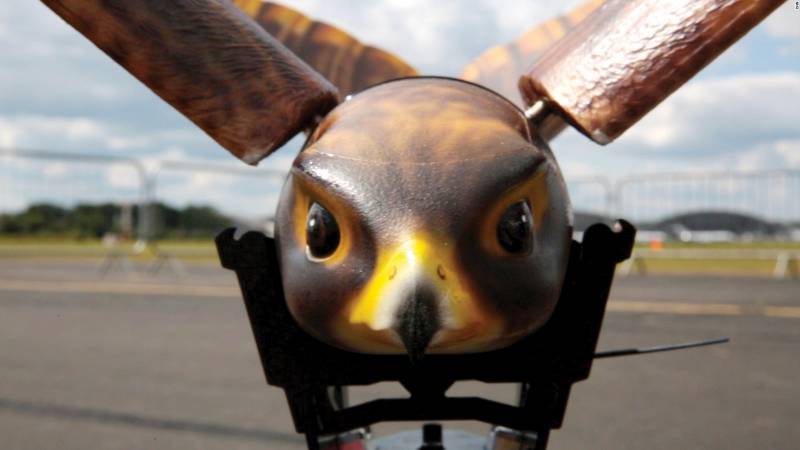
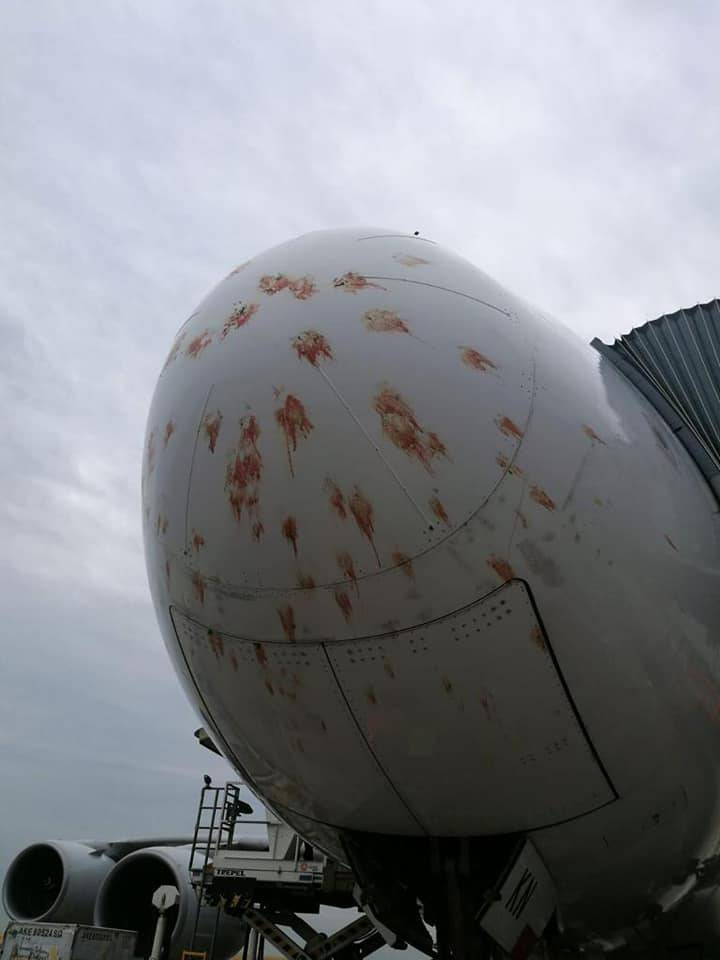
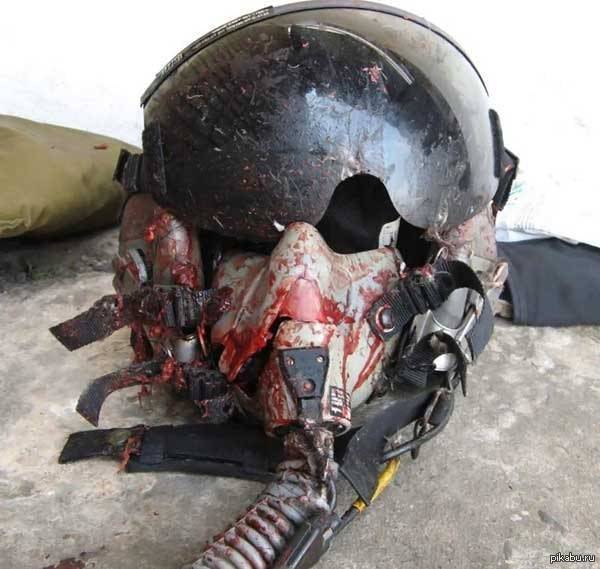
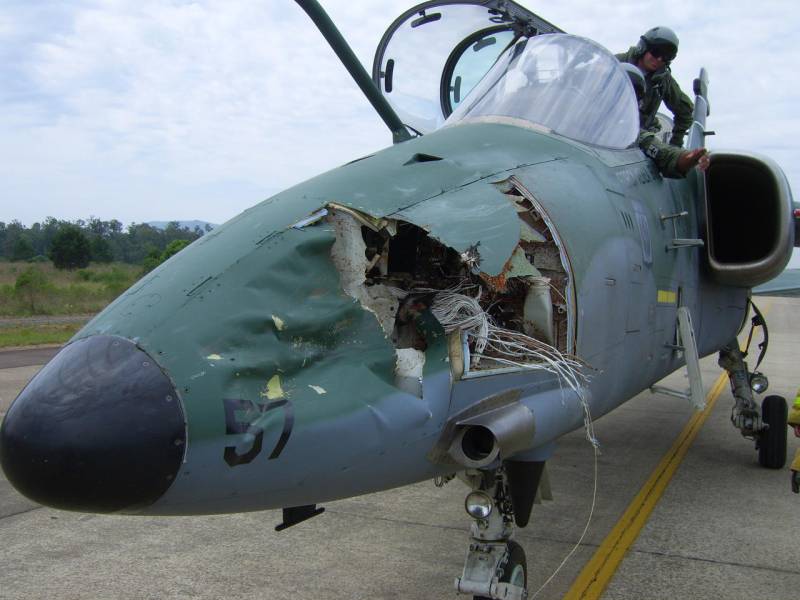

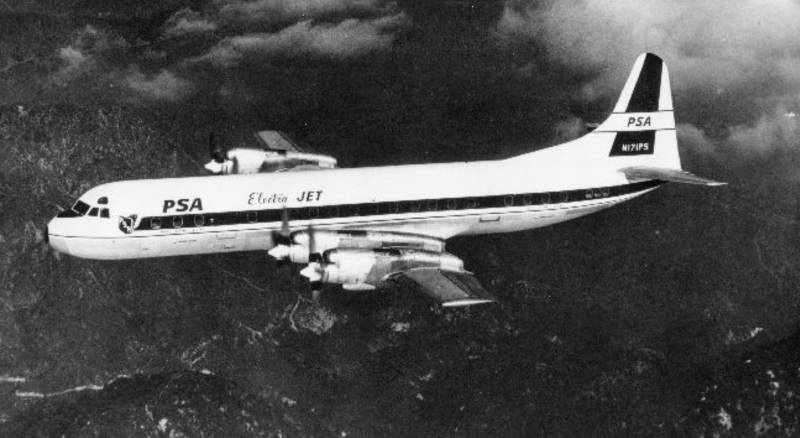
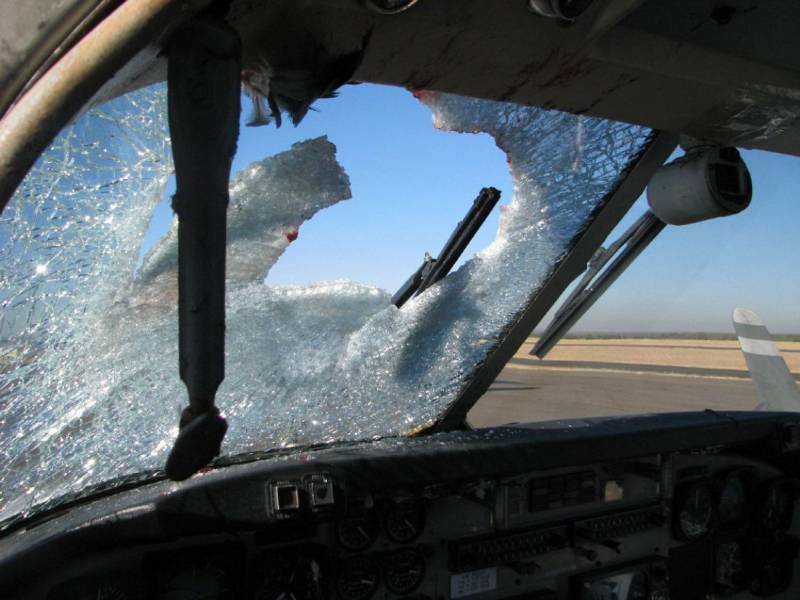
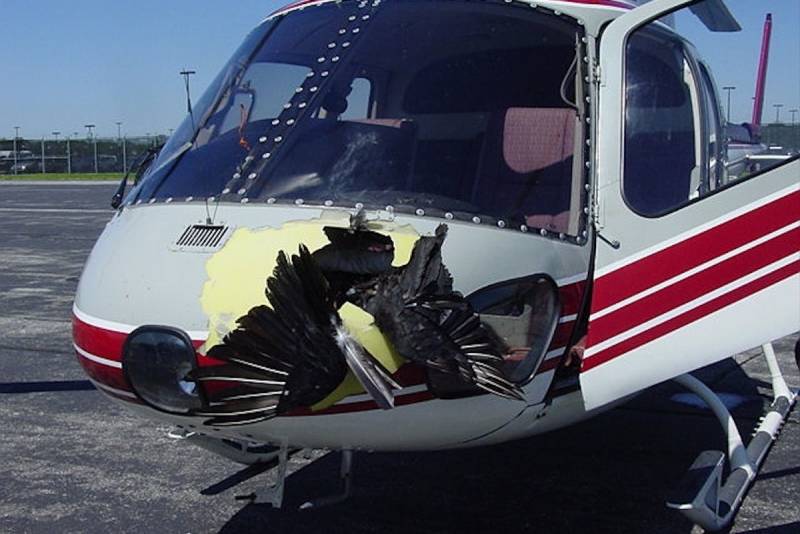
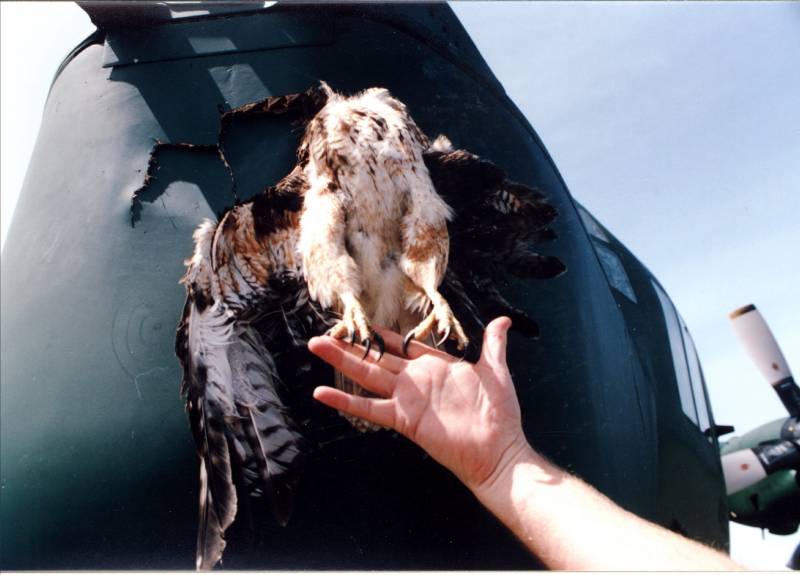
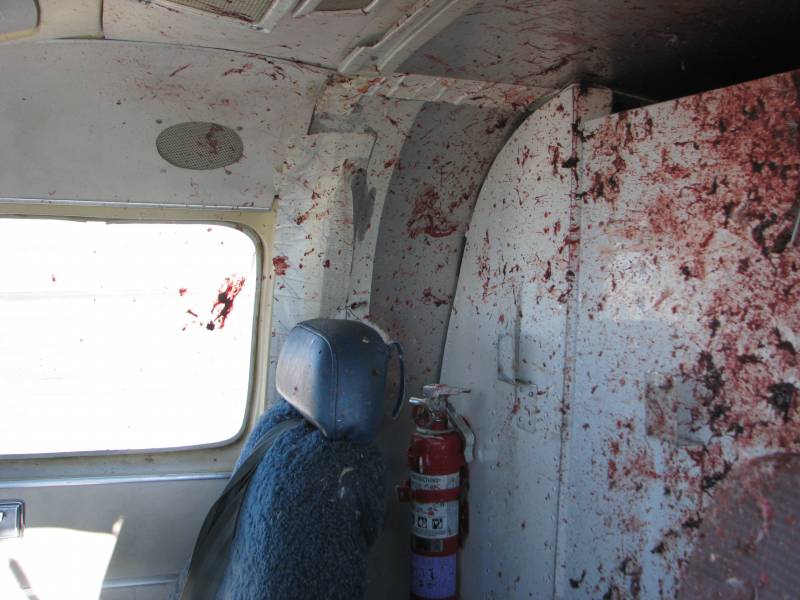
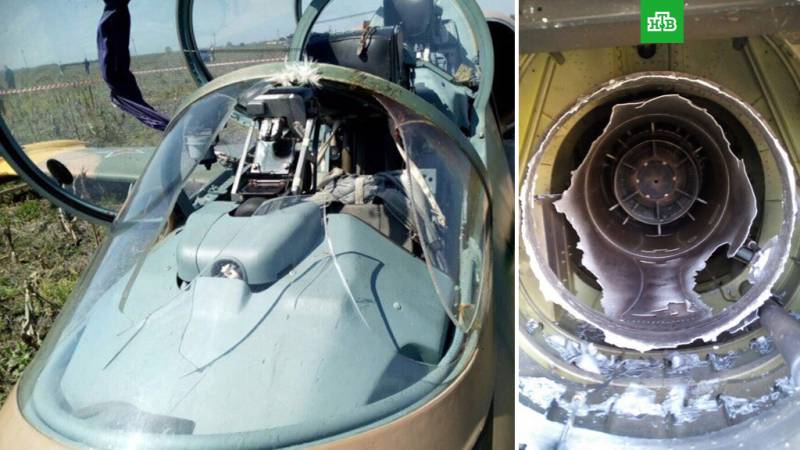
Information